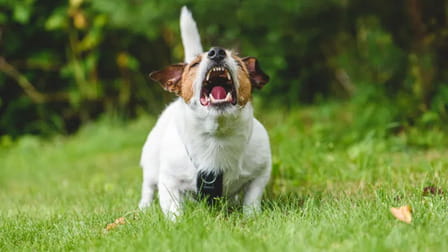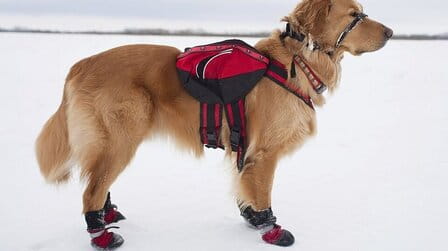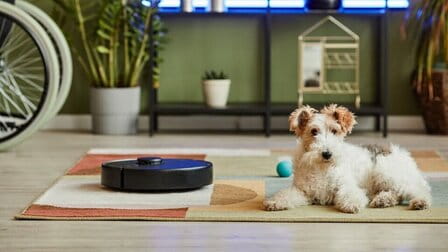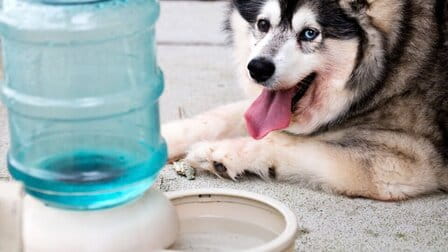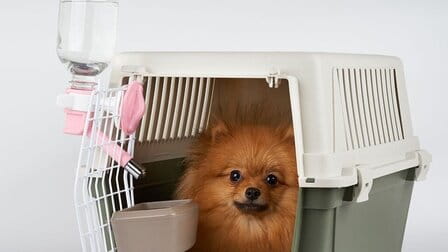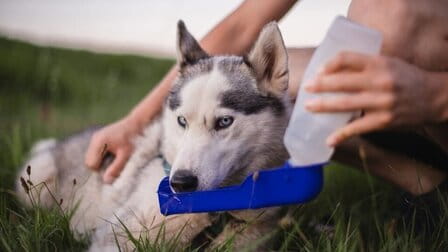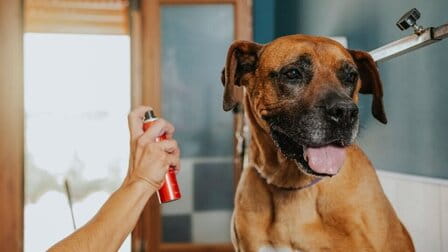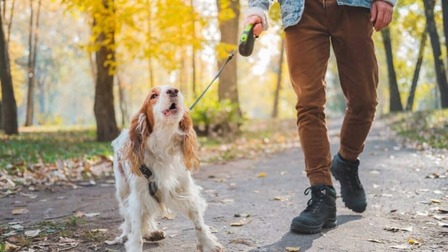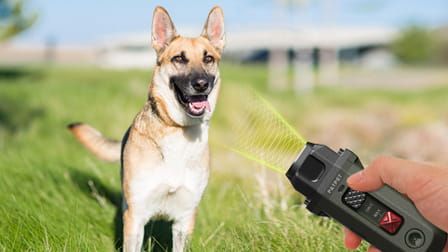Most dogs are known to come in all shapes and sizes, and they also have coats of different colors, patterns, lengths and thicknesses. So when it comes to the selection of types of dog cuts it is almost limitless. Continue reading below!
With the breed and coat of the dog, some owners will create a dog cut for their dog with a variety of funny, unique, sporty, fanciful aspects. It is also difficult to come up with a new haircut idea for a dog if you have never thought of it.
From here we've rounded up some popular dog cuts that you can use for inspiration. Even if you don't have a dog, you're sure to get a boost by following our site.
1. Types of dog cuts
1.1 Kennel dog cut (KC)
This is known as a full length set with extra blade or comb with a clean face and clean feet, cap. And you can see 1/2 inch of hair on their body. The kennel cut is inexpensive, easy to maintain, and looks stylish.
1.2 Face, feet and fanny trim
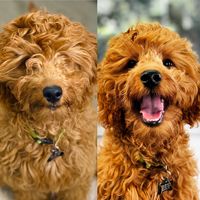
This cut is done between full haircuts to clean things up around the eyes, feet, and back end.
1.3 Sanitary dog cut
It is common to shave the dog's belly and around the tail to keep these areas cleaner. While most dog breeds have a standard cut, each has its own set of rules for cutting.
Schnauzer dog cut

Contrary to its name, this cut is not only for Schnauzers, but is also very suitable for dogs large and small, when trimmed will leave longer hair on the dog's legs while if trimmed back and The sides are very short. To distinguish it is the light curly hair remaining on the lower part of the dog's body and the little mustache cut around the dog's face.
Cocker dog cut
This style will trim the back of the dog and keep the legs and skirt intact. The upper part of the head is also trimmed short with a dome over the eyebrows, and the ears, it is also trimmed to make it easier for the dog to point downwards.
Poodle dog cut

There are many different types of poodles to be pruned. This is a curly-haired breed, but when it is groomed, the coat is blow-dried for a more appealing look. In general, this breed has a clean face and short paws, and the top of the head is rounded into a cone shape. Besides, they are also applied on the same dog breed as the Goldendoodle.
In addition, they apply to a number of other long-haired dogs, including Yorkies, Bichons, Maltese, and Shih Tzus. There are different cuts around the head, but the tail and feet can also be made to your request.
Bichon Frise

This cut usually leaves about 1/2 inch of hair on the entire body, but maintains some length on the face, head, and ears. However, there are still some small differences, for the teddy bear cut around the eyes will be shorter, while the head is a bit less rounded. If you look closely the trim will have specific corners cut around the legs.
Labradoodle dog cut

For the most part there is not a breed cut for Labradoodles as they are not AKC or CKC recognized breeds, nor are they considered show dogs. This type has a crib cut that leaves about 1/2 inch to 1 inch of body hair, with a longer mustache and ears. Usually teddy cuts will have a little longer hair, especially the legs and face. As for the full coat, it is brushed off and left to lengthen.
Maltese dog cut

As a crib cut, over 1/2 inch long on the body, with short ears and with a face that is carefully trimmed to give them a pleasing appearance. If they are 1/2 inch or longer but 2 inches shorter, with a long face and slightly longer ears. If there is a full coat, the coat should grow to the floor and be combed.
Shih Tzu dog cut

Similar to the Maltese cut, crib cuts are 1/2 size or shorter, usually their ears are left long and trimmed to give them a visual look. For teddy cuts are 1/2 inch or longer but never longer than 2 inches and the face is left slightly longer. Although a breed trim is long, the skirt is cut so that their feathers don't drag on the floor.
Puppy dog cut

This cut is also known as the hairless Neaten, where the hair is cut to an even length over the entire body, it is also one of the poodle-specific quails involving trimming with a long blade or comb short, or trimming the coat for a soft look. Usually about 1-2 inches of hair is left, because all body hair is short so you don't need much grooming.
Lamp dog cut
They are cut to your desired length, along with longer legs and blend into the body hair.
1.4 Teddy bear trim

One of the most popular cuts we share here, this style makes your dog look like a teddy bear. The cut leaves only about 1/2 inch of hair or longer, you just need to trim the hair with scissors, then trim the unwanted hair for a perfect coat.
1.5 Breed trims

Almost every dog breed has its own way of pruning with a special set of rules. These are also modified show dog decorations.
1.6 Full coat / show trims

These are special coat breeds that are subject to strict show dog standards. It is also the most difficult coat to maintain.
2. Slyles for dog cuts
You should be looking for the most fun and creative dog cuts for your dog. To create the impression and styles you want to put on your dog, some popular dog cuts include the summer cut, the lion cut, the puppy cut and many more. hair for poodles. Besides, if you aim for the right style in the long run. Consider your dog's breed, size, and coat type.
3. Groom tools
Using a comb will help you find the best haircut for your dog. That's why it's important to carefully consider finding a professional and accordant grooming tool to make sure you're getting the right cut.
4. Types of coats for dog cut
4.1 Short or smooth coat

Often seen as Staffie, Pug or normal or short-haired dog breeds, they are easy to care for, which helps to keep the dog's skin and coat healthy, especially without dirt and hair loss.
It is recommended to do this once a week, but continuous brushing is better. Use a soft or rubber bristle brush to massage the skin, removing debris and frizz.
4.2 Wired hair coat
For Westie, Border Terrier, you should brush 2 times/week. A smooth comb to tackle tangled and frizzy hair. However, you should also follow the shaving instructions for short coats.
4.3 Curly coat
For Bichon Frise, Poodle, you should brush at least every other day because most soft curls can be easily softened. But when encountering a thick tangle, brush gently, this avoids causing pain and fear to the dog.
Alternatively, you can also use a dog detangling spray to make brushing easier.
The bristles are perfect for pin brushes because the bristles have protective pins on each end and the bristles are fairly wide.
And you also need to pay attention to areas prone to tangles such as between the legs, abdomen and ears. We recommend checking for loose or tangled brush tools for dog safety.
4.4 Fluffy coat

For Yorkie, Shih Tzu and you should brush daily as they get sticky and tangled easily. Pin brushes are great when working effectively on long or fine coats, including removing dead hair if the dog is moulting.
Also, comb the coat with a comb to check for residual knots. You should direct the brush in the direction of hair growth to add shine and strength to the bristles, you can use natural oils.
4.5 Double-layer coat
For the German Shepherd, Border Collie, it is recommended that you use a regular slicker brush to remove lint or tangles from the undercoat, along with a coating on this brush to remove hair and small debris.
In addition, if you want to shave, you should use a specialized tool instead of a brush.
Conclusion
A dog cut will create a look, a style that stands out among other breeds. However, for the right dog cut, consider the Dog Breed, Groom, Dog Coat to match the cut.
Through the information we share, perhaps you have chosen a suitable dog cut for your pet, right?
Don't forget to follow our website for more cool stuff.

